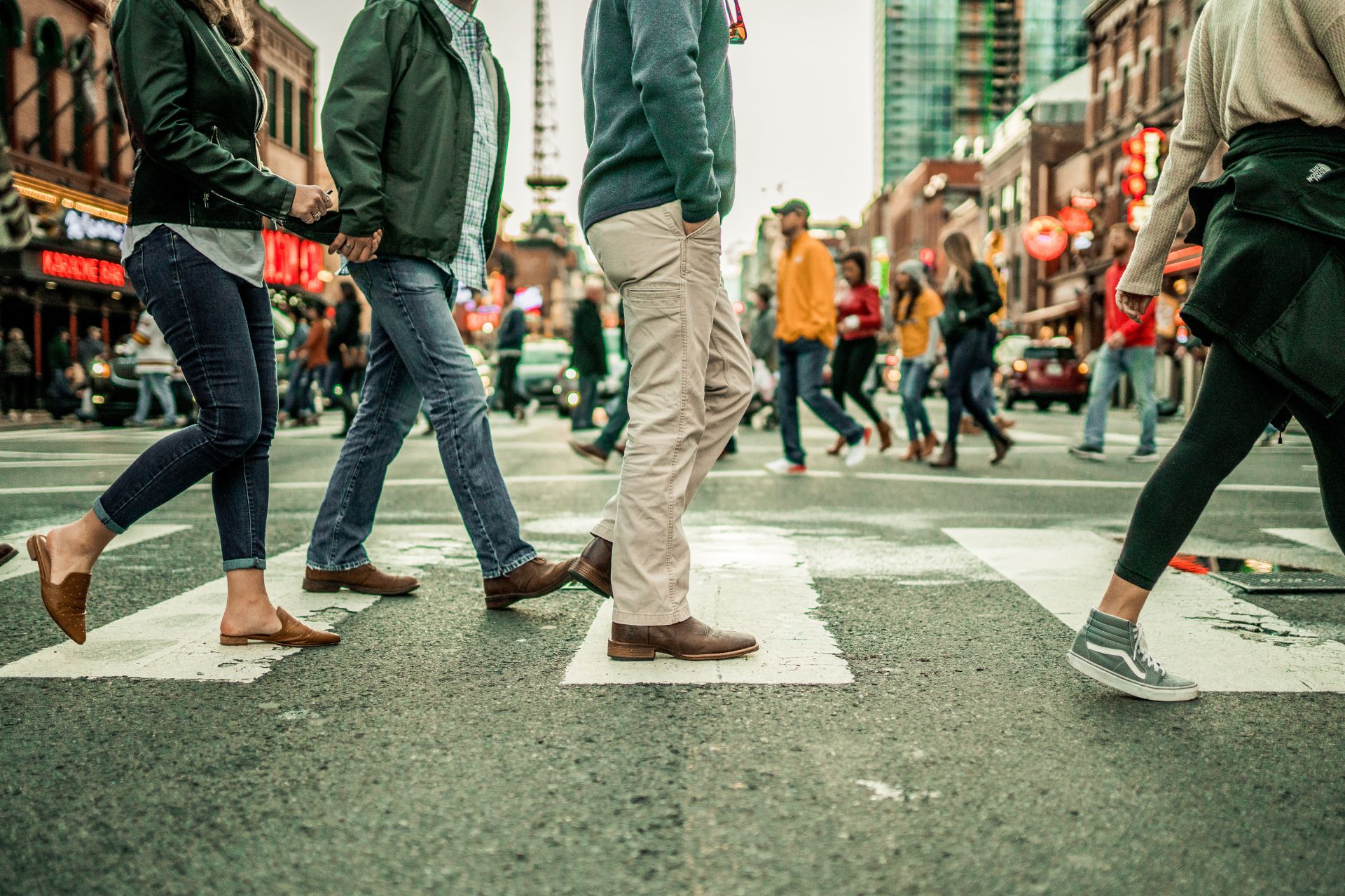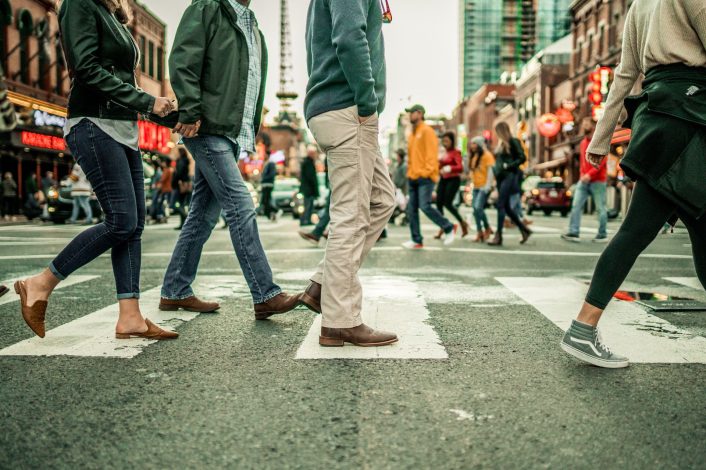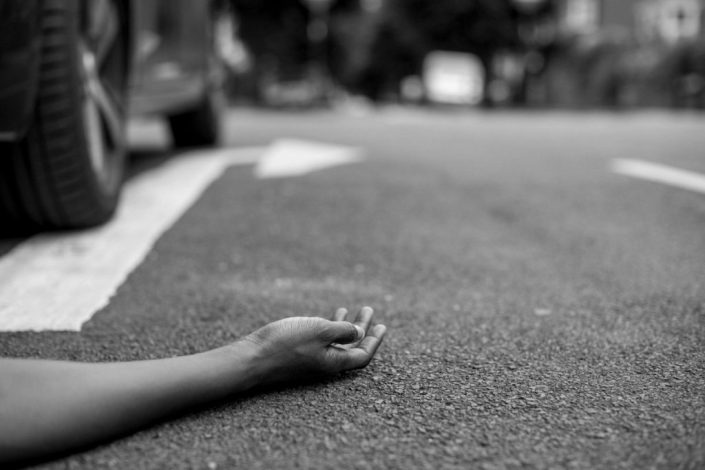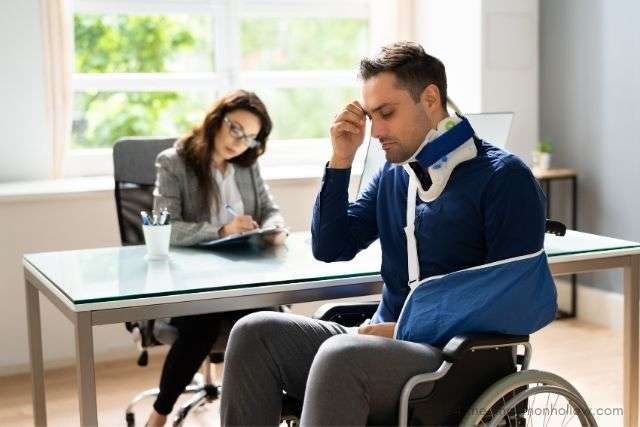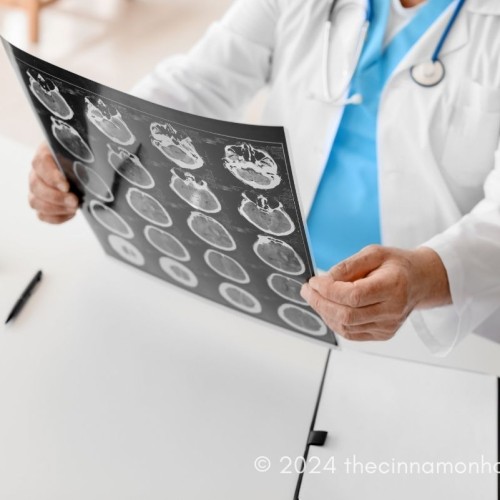Being struck as a pedestrian can leave you facing serious injuries, hefty medical bills, lost wages, and more. If you or a loved one has been injured in a pedestrian accident that was not your fault, here are some key steps to take.
- Seek medical care immediately to address injuries and document them
- File a police report on the accident and collect information from witnesses
- Photograph the scene, vehicles, and your injuries, if possible
- Save related receipts and records
- Contact an experienced pedestrian accident attorney immediately
An attorney can handle insurance claims on your behalf and ensure you receive full and fair compensation. Don’t let an at-fault driver get off the hook. Protect your rights. Here is an extensive guide to the actions you or your loved ones should take if you are the victim of a pedestrian accident:
At the Accident Scene
- Remain Calm: Avoid moving around or leaving the scene until emergency medical personnel have examined you for potential fractures, head or internal injuries. Sudden movements could worsen unsuspected serious harm. You can learn more about pedestrian accidents by talking to an attorney and doing some online research.
- Call 911: Request police response and emergency medical services if you or any others involved are injured. Provide the exact street location and nearest cross streets, plus details on the nature of injuries.
- Seek Witnesses: Ask bystanders who saw the incident occur to remain on scene until police arrive to provide their account. Also, request that someone call 911 on your behalf if you are injured and unable to do so.
- Exchange Information: Request the driver’s name, contact information, insurance details, and vehicle registration information. Provide the same to the driver. Get names and numbers for any passengers or eyewitnesses as well.
- Give a Recorded Statement: When police arrive, carefully provide a recorded verbal statement detailing what occurred and your actions prior to the collision. Answer officer questions honestly, but avoid speculating.
Seeking Proper Medical Care
- Get Checked Thoroughly: Even if your injuries seem minor, go to urgent care or the emergency room to get fully evaluated. Symptoms of some injuries, like fractures, organ damage, or head trauma, appear hours or days later. A well-documented medical record also supports future claims.
- Follow Doctors’ Orders: Strictly follow all advice from treating physicians, including completing prescribed tests, scans, and imaging to rule out less obvious injuries. Failure to follow medical directions can negatively impact your case.
- Retain All Records: Keep copies of all accident-related medical documentation, including emergency response notes, ambulance call reports, urgent care/ER intake forms, exam records, surgical reports, imaging results, therapy plans, hospital discharge instructions, and medical bills.
Dealing with Auto Insurance
- Notify Your Own Insurer: Contact your auto insurance provider right away. Inform them that you’ve been hit by a vehicle as a pedestrian. Arrange to file a claim utilizing your medical payments coverage to pay initial bills. This provides prompt reimbursement while fault and liability are established.
- Get the Driver’s Insurance Information: Request insurance details from the driver at the scene. If the driver will not provide or claims to lack insurance, ask the police for help determining the registered owner’s insurer based on the license plate.
- Submit a Claim to Driver’s Insurer: Contact the insurance company insuring the vehicle involved and open a claim. Explain that you were a pedestrian struck by their insured driver’s vehicle on X date at X location. Request forms to submit for reimbursement of medical bills and other damages.
- Decline Early Settlement Offers: It is common for insurers to offer minimal settlements quickly, hoping accident victims will accept them before realizing the extent of their injuries. Politely decline any early offers.
- Hire an Attorney: If you encounter any resistance or delays in getting information or reimbursement from insurers, retain a reputable personal injury attorney to conduct negotiations on your behalf. Let them handle communication.
Preserving Evidence
- Keep Photographs: Maintain digital copies of any photos taken at the scene by you, police, or bystanders showing damage, markings, intersection layout, etc. that could substantiate important details.
- Preserve Damaged Property: Retain any clothing, shoes, glasses, medical aids, or other personal property damaged in the collision as potential evidence in legal claims.
- Save Associated Records: Maintain print or digital versions of all medical documentation, accident reports, insurance letters, claim forms, scans, and bills associated with crash injuries.
Pursuing Compensation
- Calculate Damages: Add up all quantifiable accident-related costs, including medical and therapy bills, lost income, damaged property, costs for mobility aids, mileage for appointments, etc.
- Factor in Pain and Suffering: Consider the non-economic impacts and losses from the injury, such as physical pain, emotional distress, diminished quality of life, loss of enjoyment of activities, etc.
- Engage a Personal Injury Lawyer: Hire an experienced attorney to handle your injury claim and negotiate fair compensation through settlement or a court. Most offer free consultations and only collect fees if they obtain compensation for you.
Bottomline
Any pedestrian collision is quite frightening and disturbing. These guidelines help you take essential steps while you’re injured and overwhelmed. To ensure fair compensation for your damages and injuries, it is important to secure evidence at the scene, follow medical directions closely as far as possible, save records, and claim legal advice.
Though this is a draining process, by doing the right thing from the early stages, you set yourself up for your best chance at seeking justice and acquiring just compensation.

